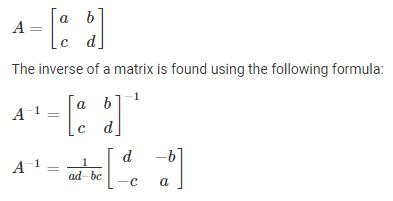Matrices and Vectors
Vectors, matrices, basic facts
- A vector x ∈ is a column vector. The corresponding row vector is .

- is the set of real matrices with m rows and n columns. is the set of complex matrices.
This is a m by n matrix:
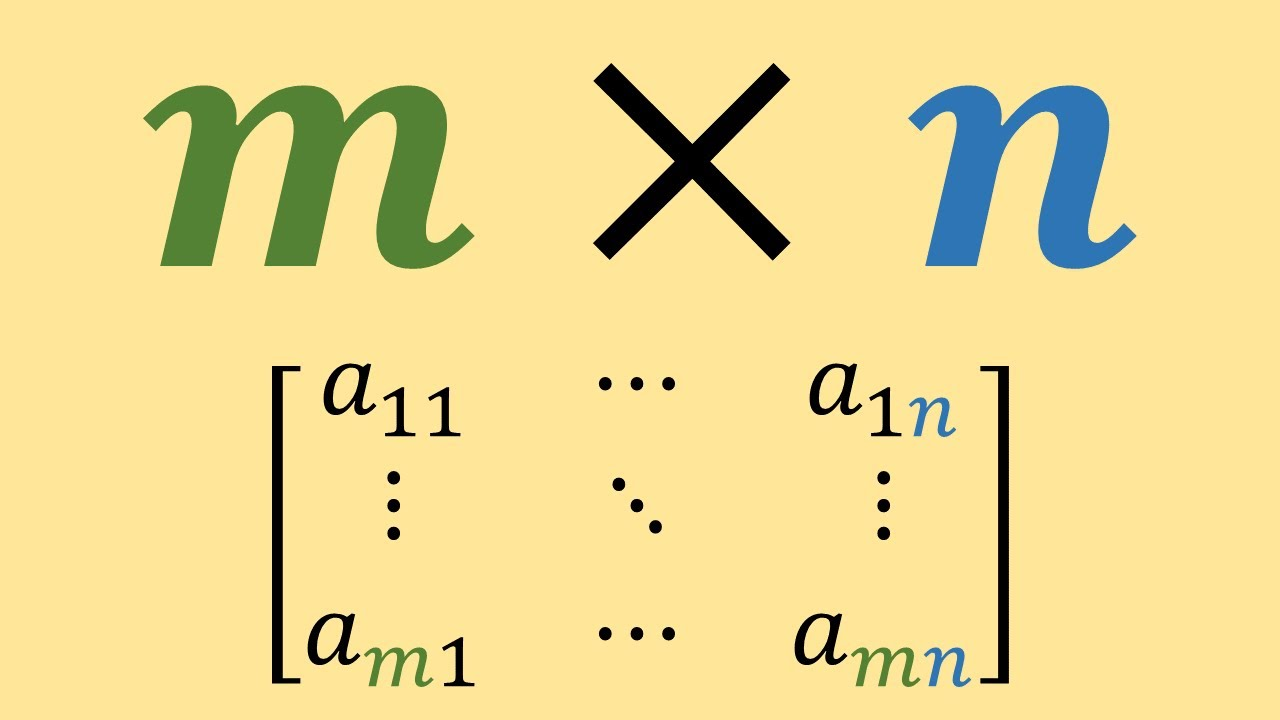
- Notation: denotes the matrix, is an element of the matrix , i.e. = . Use upper case for matrices and lower case for vectors.

Block matrices: A matrix can be represented in block form, for example
where . The dimensions of the blocks must be compatible.
Upper/Lower Block Triangular Matrix and Upper Triangular Matrix
The matrix
is upper block triangular. Note that it is not upper triangular (it has elements below its main diagonal).
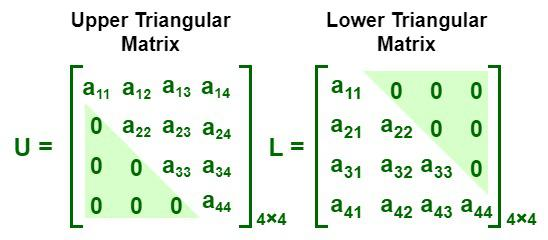
Transpose: is the transpose of . .
Hermitian transpose (also called conjugate transpose): is the hermitian transpose of Example of Hermitian transpose:
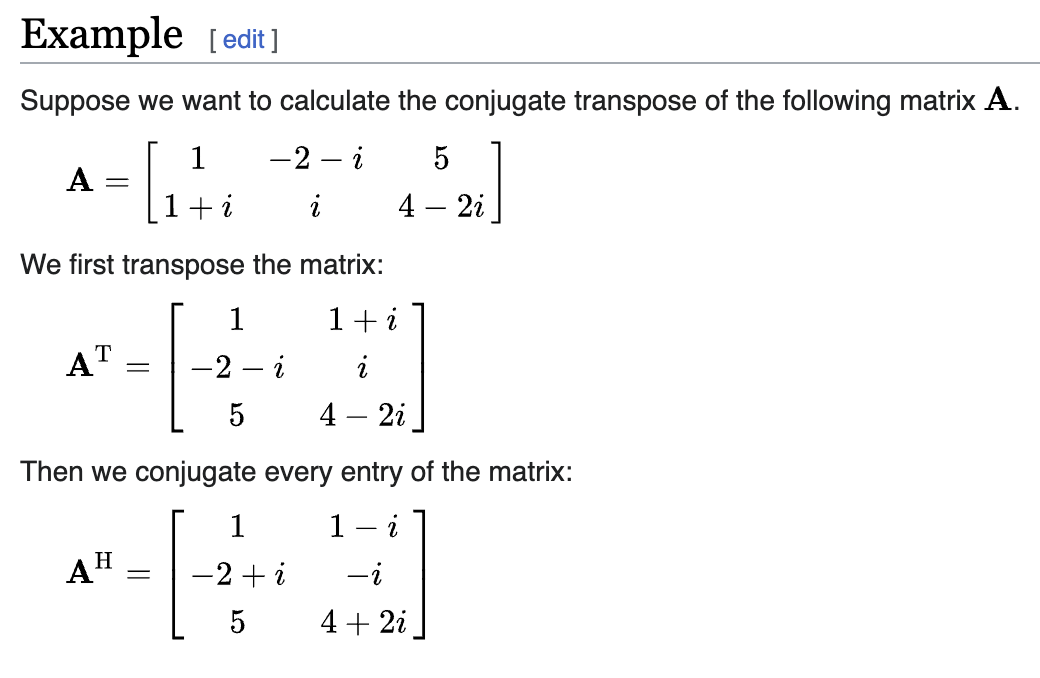
- Definition:
The conjugate transpose of an matrix A is formally defined by:
where the subscript denotes the -th entry, for and , and the overbar denotes a scalar complex conjugate.
The definition can also be written as:
Some notations:

- Steps for Hermitian transpose:
- Transpose matrix to
- Applying complex conjugate on each entry (the complex conjugate of being , for real number and .
Note (Overline notation):
In complex number, the overline notation can indicate a complex conjugate and analogous operations.
- if , then
Symmetric matrix:
Skew-symmetric matrix:
,

Hermitian matrix:
Matrix multiplication: Note that in general .
- Example:

- Transpose:
- Note:
If , then ,
Dot Product of Vectors:
, the dot product of and is
Example:
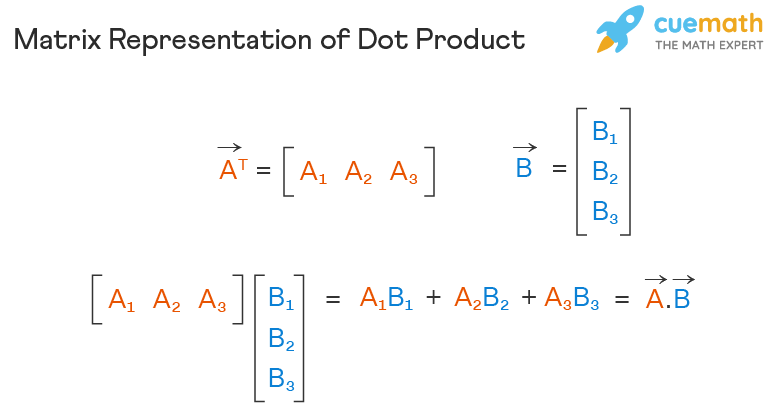
Outer product of vectors: , the outer product of x and y is an matrix of rank one. . .

Transpose of a product:
Complex dot product: . This is not symmetric:
Orthogonal matrix: .
Example:
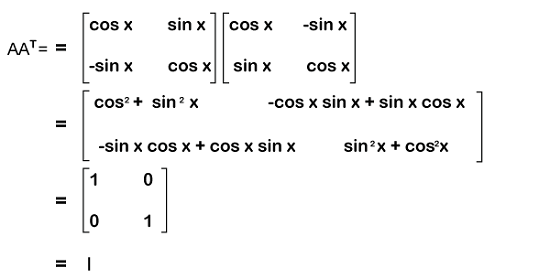
Unitary matrix: , .
Example:
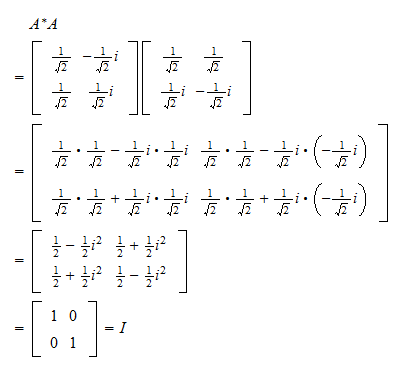
Matrix algebra, basic facts
- In general, for matrices , if for , this does not imply that . If , this does not imply that either or is zero.
- Trace: . . .
Definition: The trace of an square matrix is defined as

where denotes the entry on the th row and th column of . The entries of can be real numbers, complex numbers, or more generally elements of a field F. The trace is not defined for non-square matrices.
Example:
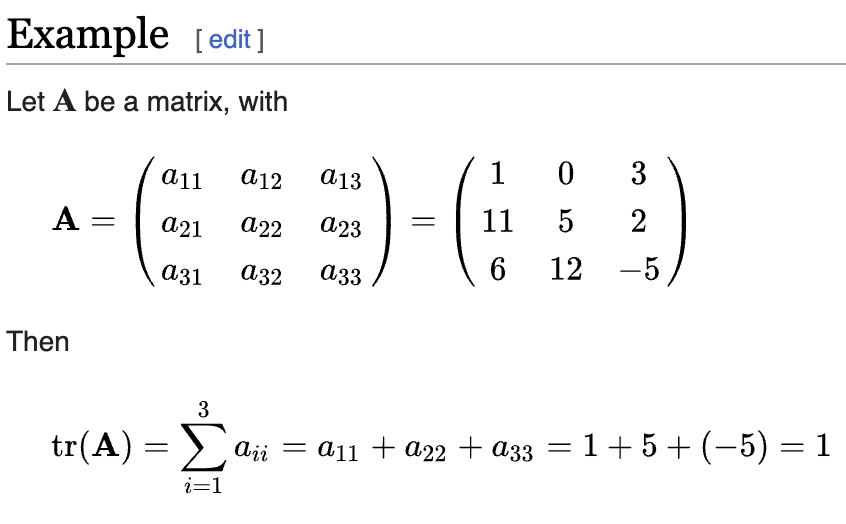
Proof Tr(AB) = Tr(BA):
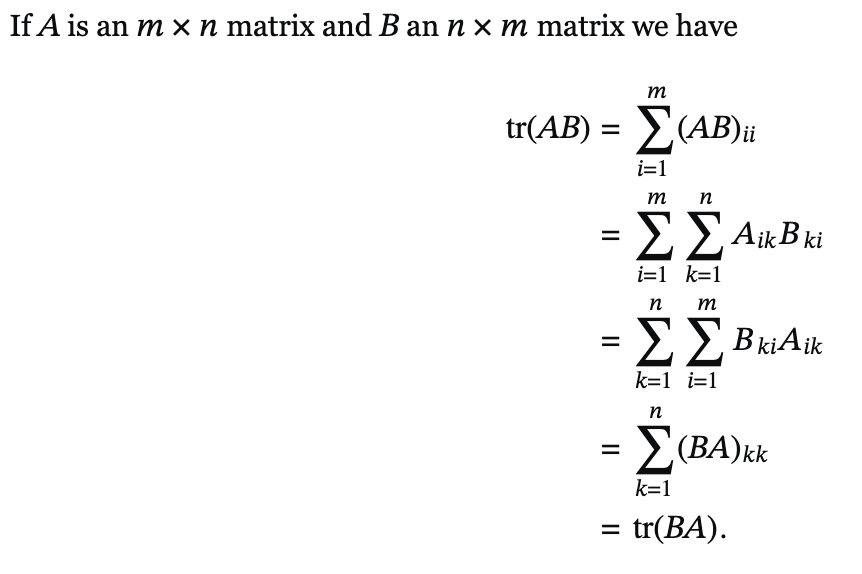
- Determinant:

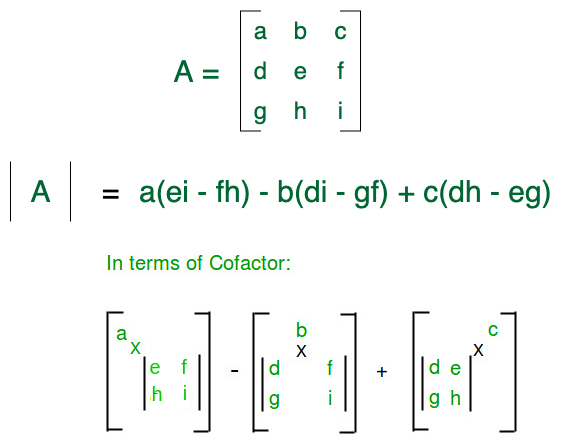
Why Determinant: The determinant of a matrix is a single numerical value which is used when calculating the inverse or when solving systems of linear equations. The determinant of a matrix A is denoted |A| , or sometimes det(A)
- Schur Complement: (Upper graph: if an invertible matrix, then is the Schur complement of ; lower graph: if an invertible matrix, then is the Schur complement of )

